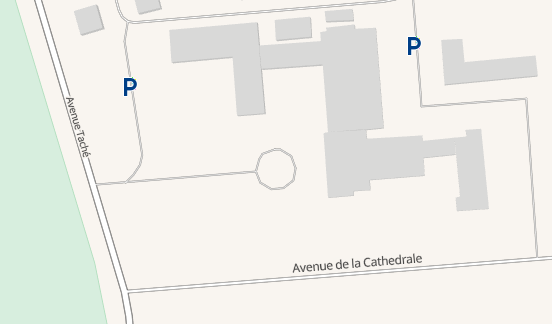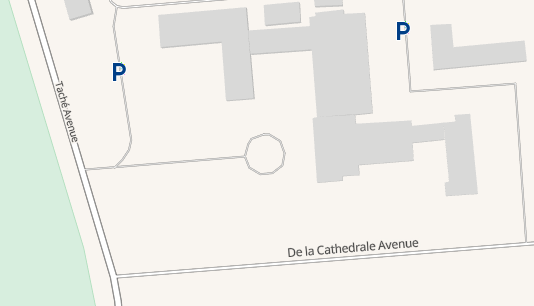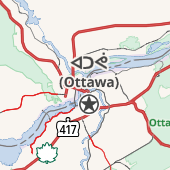The same: Let the software handle localization, and keep internationalized data in the database.
name: should probably be seen as a deprecated fall-back field, at best.
If regions in the OSM model could also advertise the “official language set”, then software could really do the “right thing”.
For example, Biel/Bienne in Switzerland would note both French and German, while the country would advertise all four official languages. The polygon(s) representing Canada’s borders would have French and English, with overrides and augmentation for more appropriate local uses.
So in the case of New Brunswick, the “most near” civic border might be the Canadian one, and such software could then know to show both the name:en and name:fr fields on the map where they exist, unless the user overrides that and asks for it in their preferred localization.
Keep in mind that while we’re talking about English and French in here, there’s the issue of First Nations and Inuit languages as well. I’ve added official Haida names to places in Haida Gwaii (another place I’ve lived), as have others, via the name:hai tag. Over time, those have become the actual names in use, such as the shift from “Queen Charlotte City” to “Daajing Giids”.
So this is about more than just French and English, but the practical application of multilingualism.
It really sucks (at least imho) that even though there are lots of name:hai entries on the map of Haida Gwaii now, there’s not a generally accepted best practice in renderers of setting name preferences, nor is there a way that I’m aware of to advertise a location’s preferences.
Haida Gwaii maybe should default to the name:hai names where they exist, and fall back to the name: en, name:fr, or name tags where they don’t, but where do we define that in the data model? If anyone knows, please point me to it, but all I am aware of are the best practices documented per-region on the Multingual names wiki page, which naturally is not (easily, reliably) consumable by software that may wish to make "good " decisions about localization during rendering.
Going back to the issue of navigation vocalization for a moment: if you’ve ever used a navigation aid while e.g. driving and it’s in the wrong language, you’ll know how useless it becomes as the software mispronounces … well … just about everything. … and with OSM data, this is made harder due to the same shortcomings detailed above.
The data model should contain accurate data with enough metadata for the software to make use of it. We should not be thinking about it in political terms, but in practical ones, so that software renderings can present things in the most appropriate form possible in the context.



